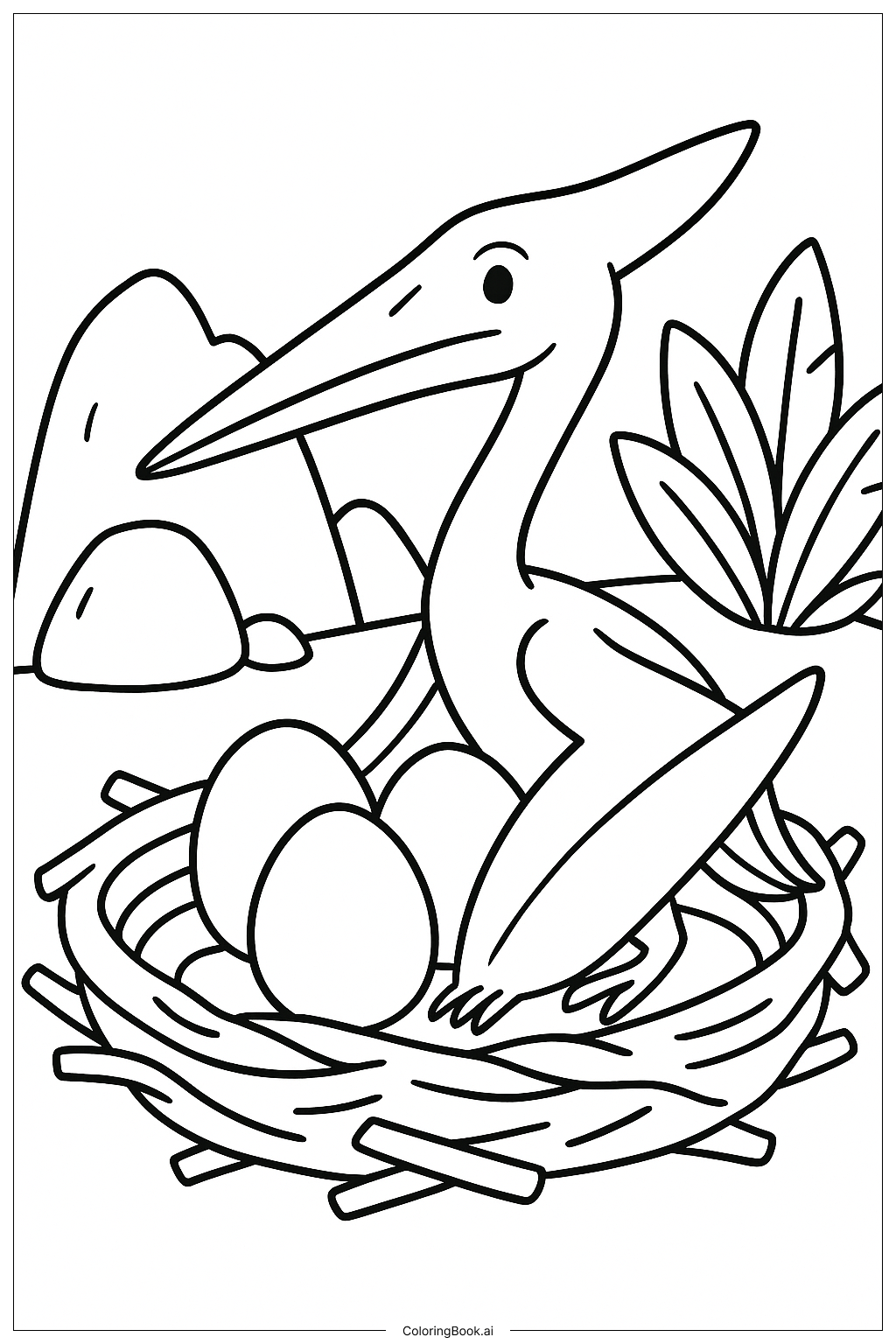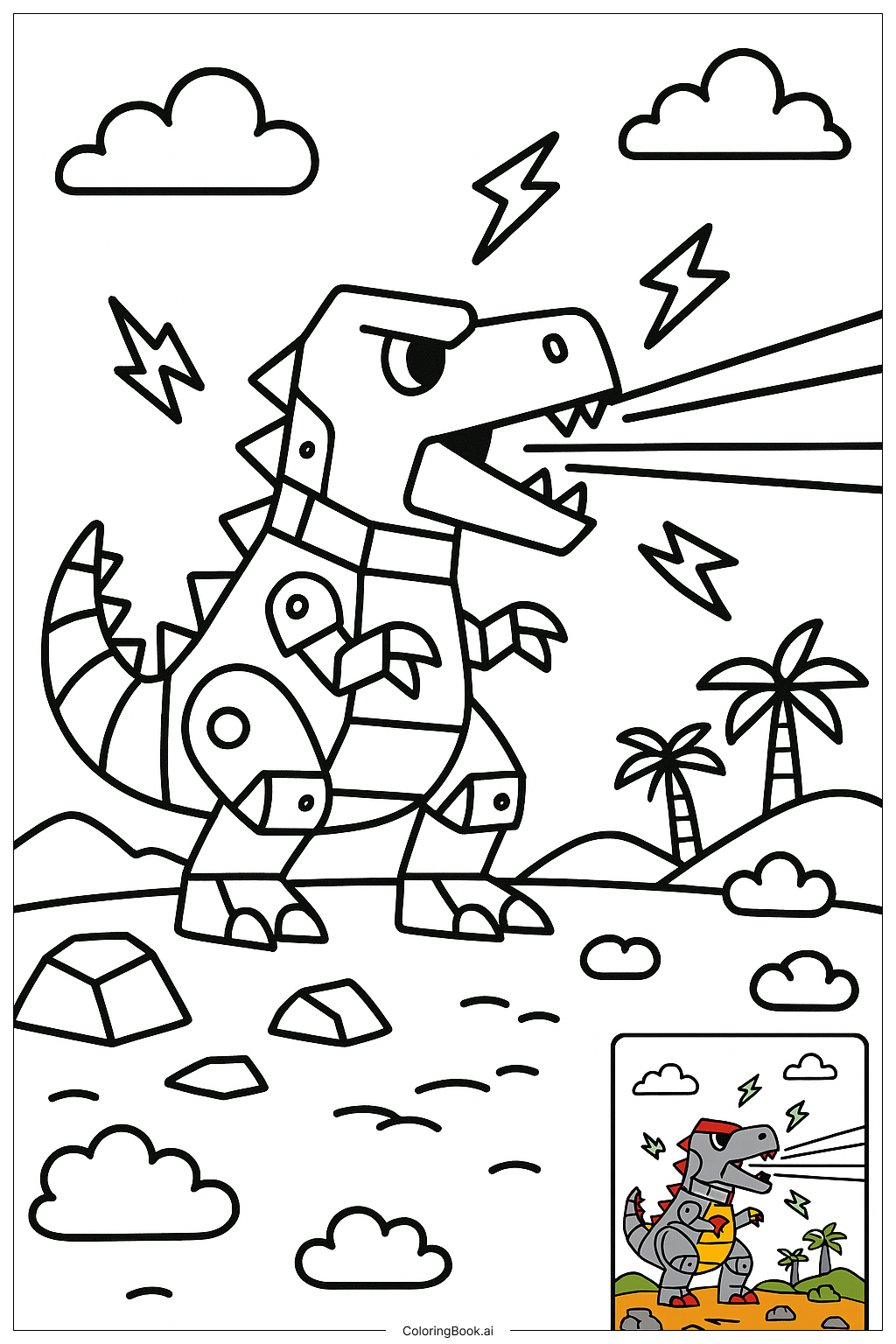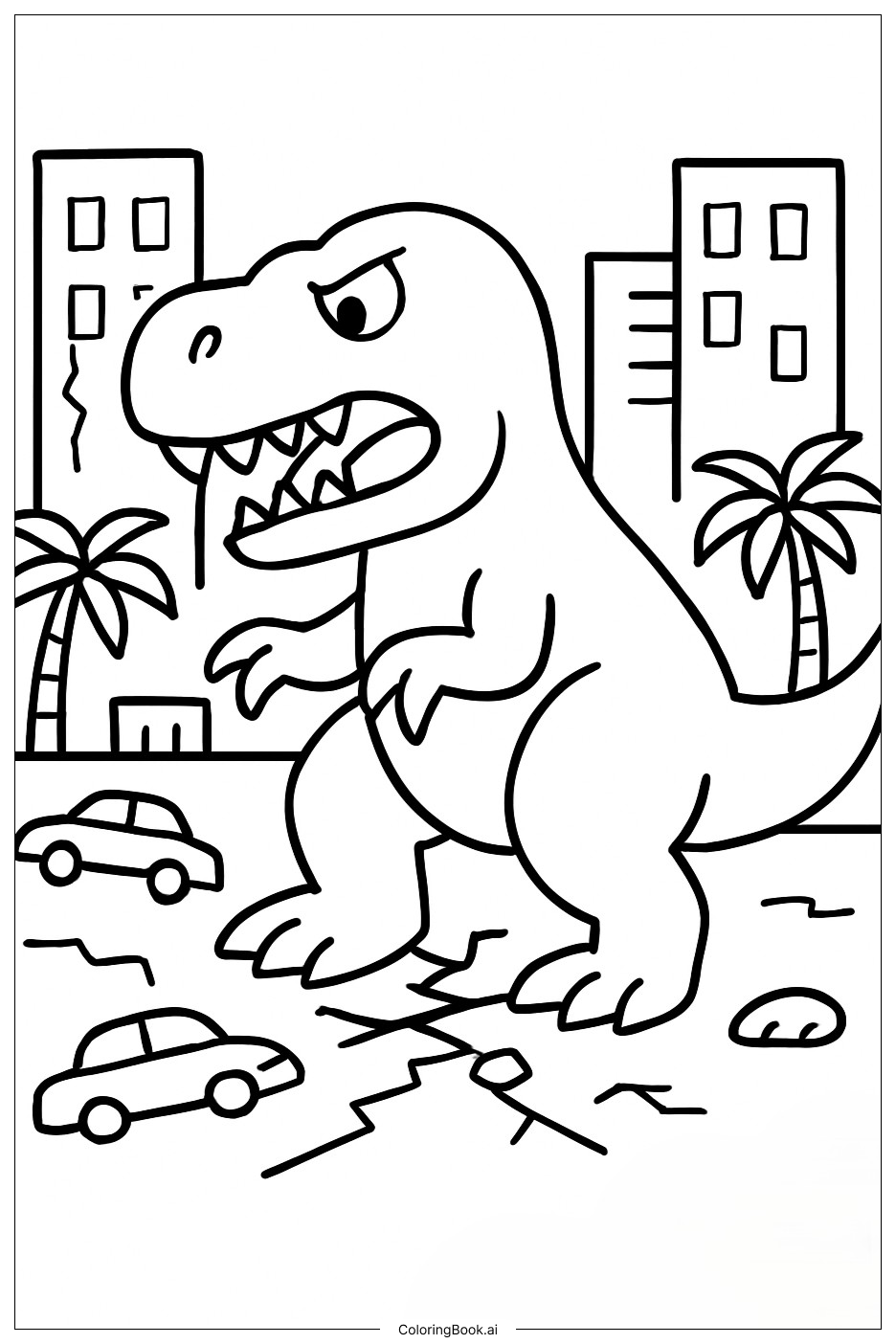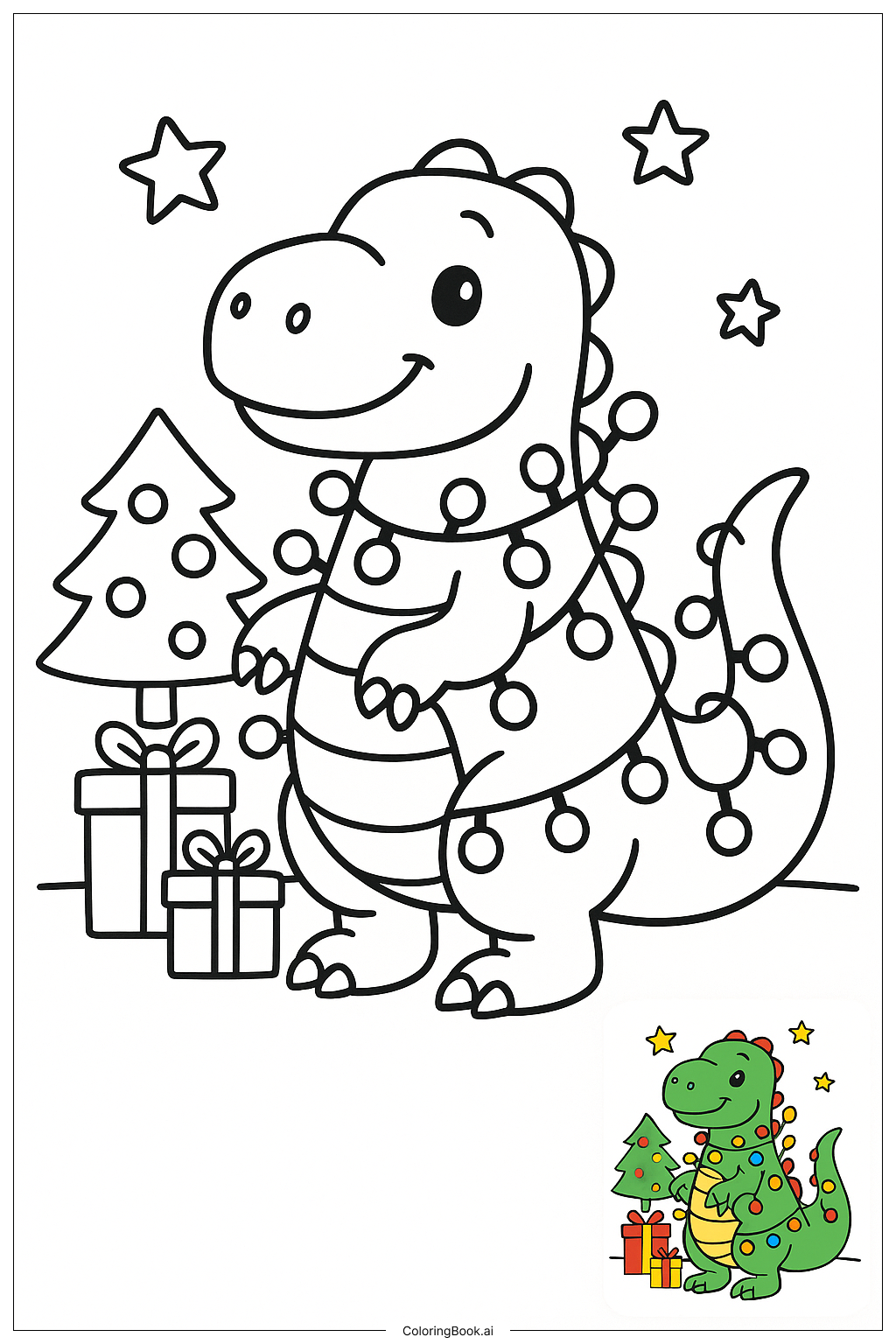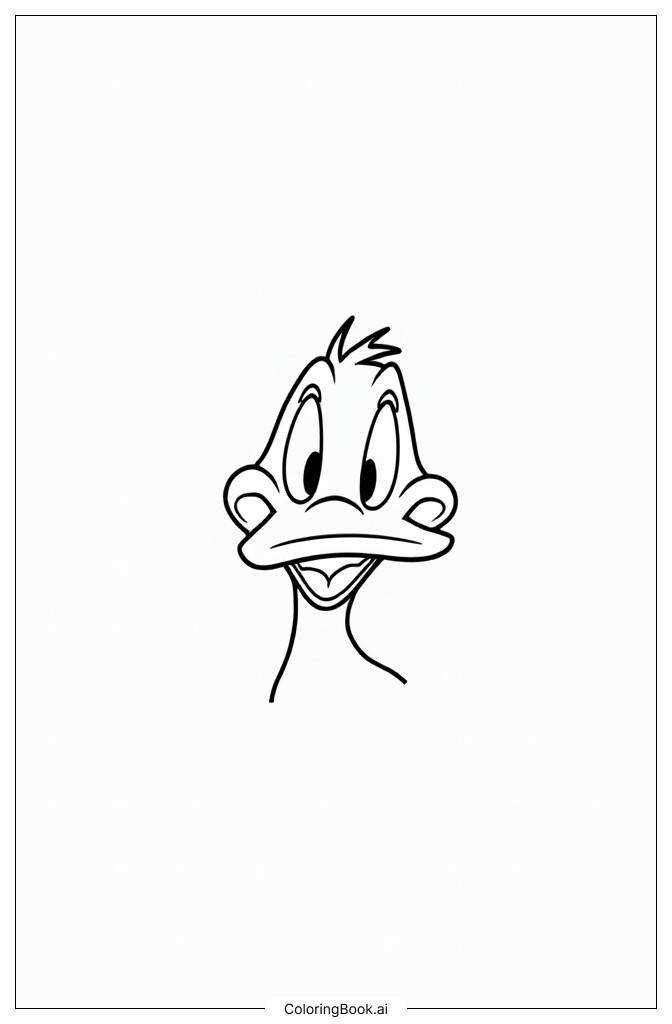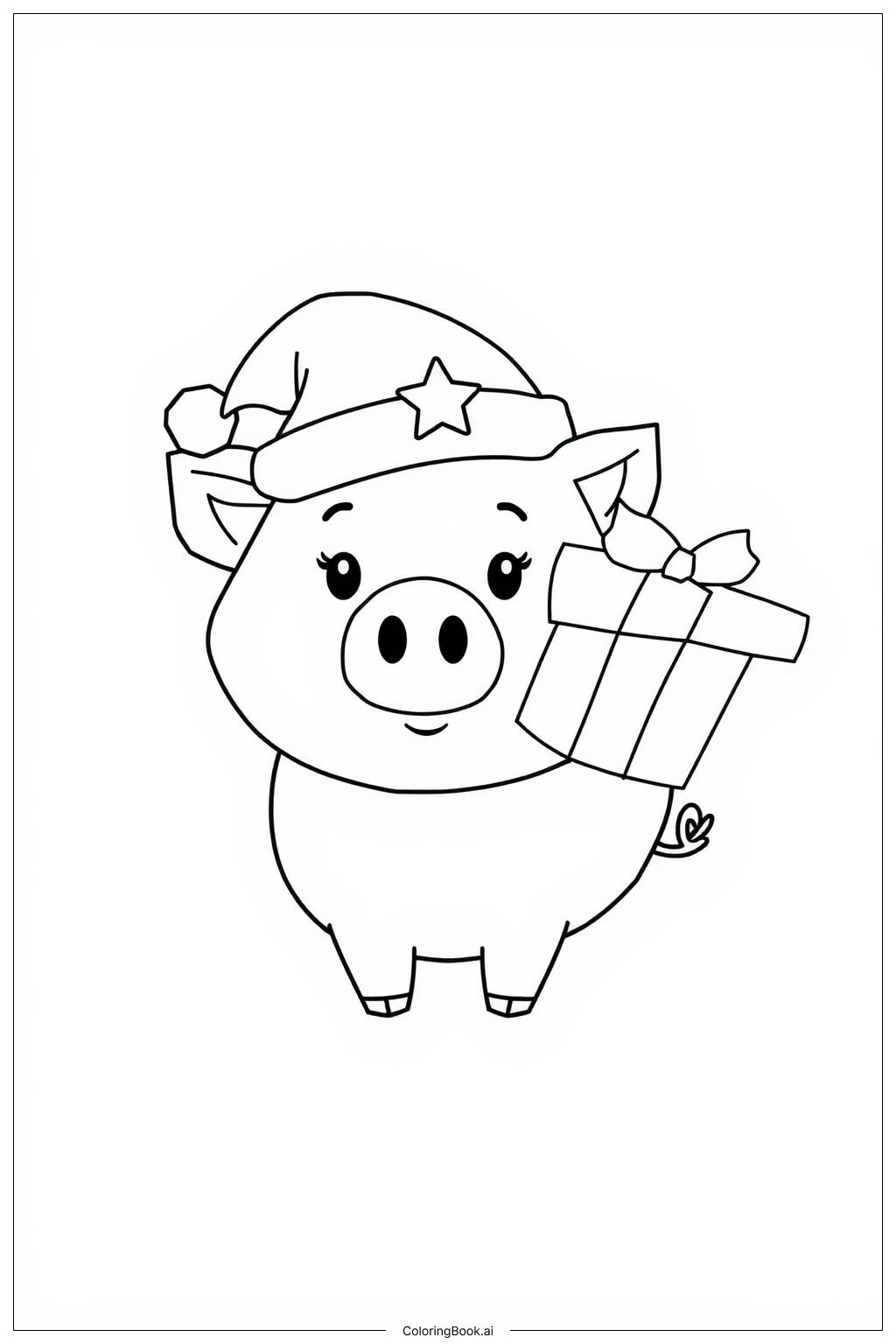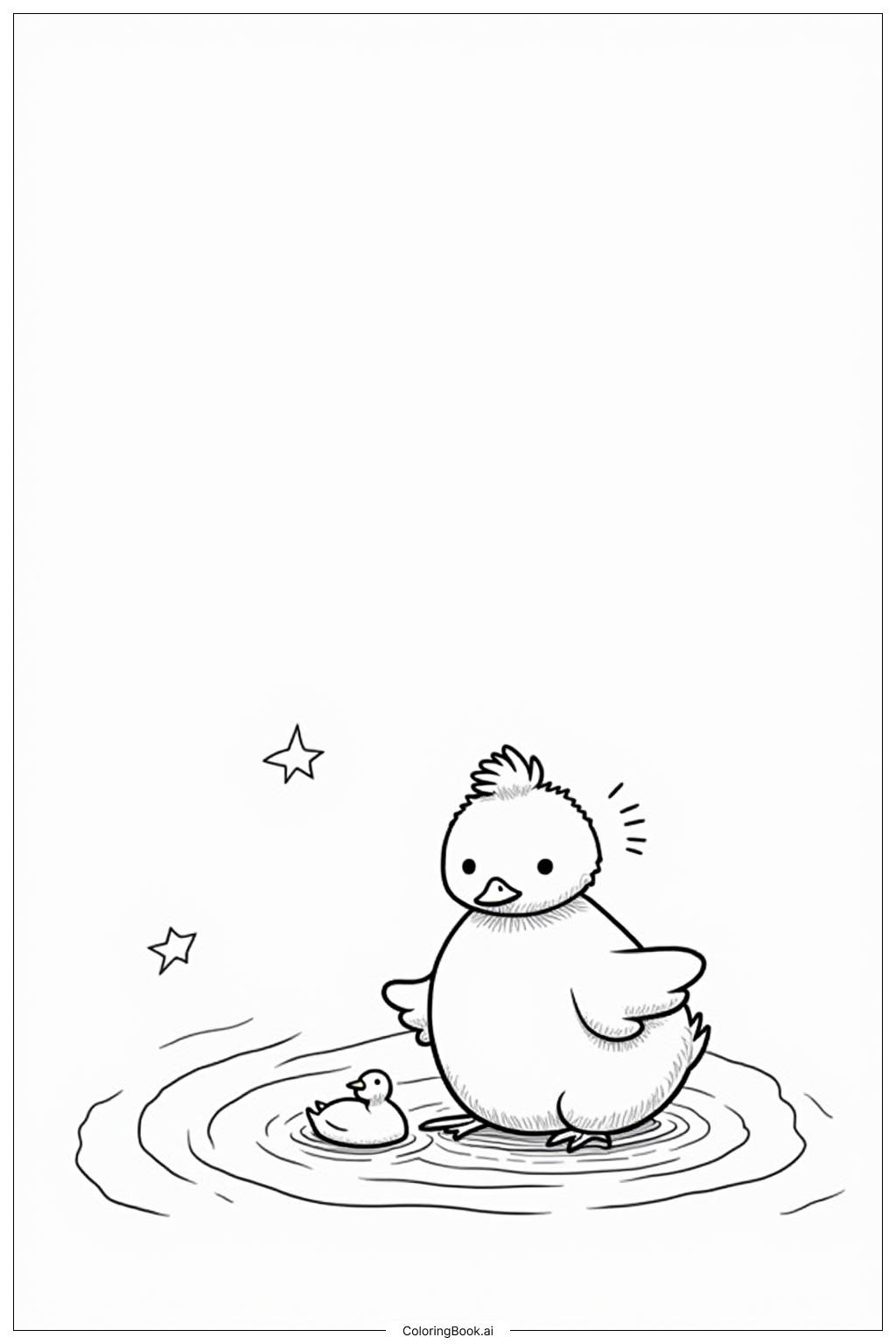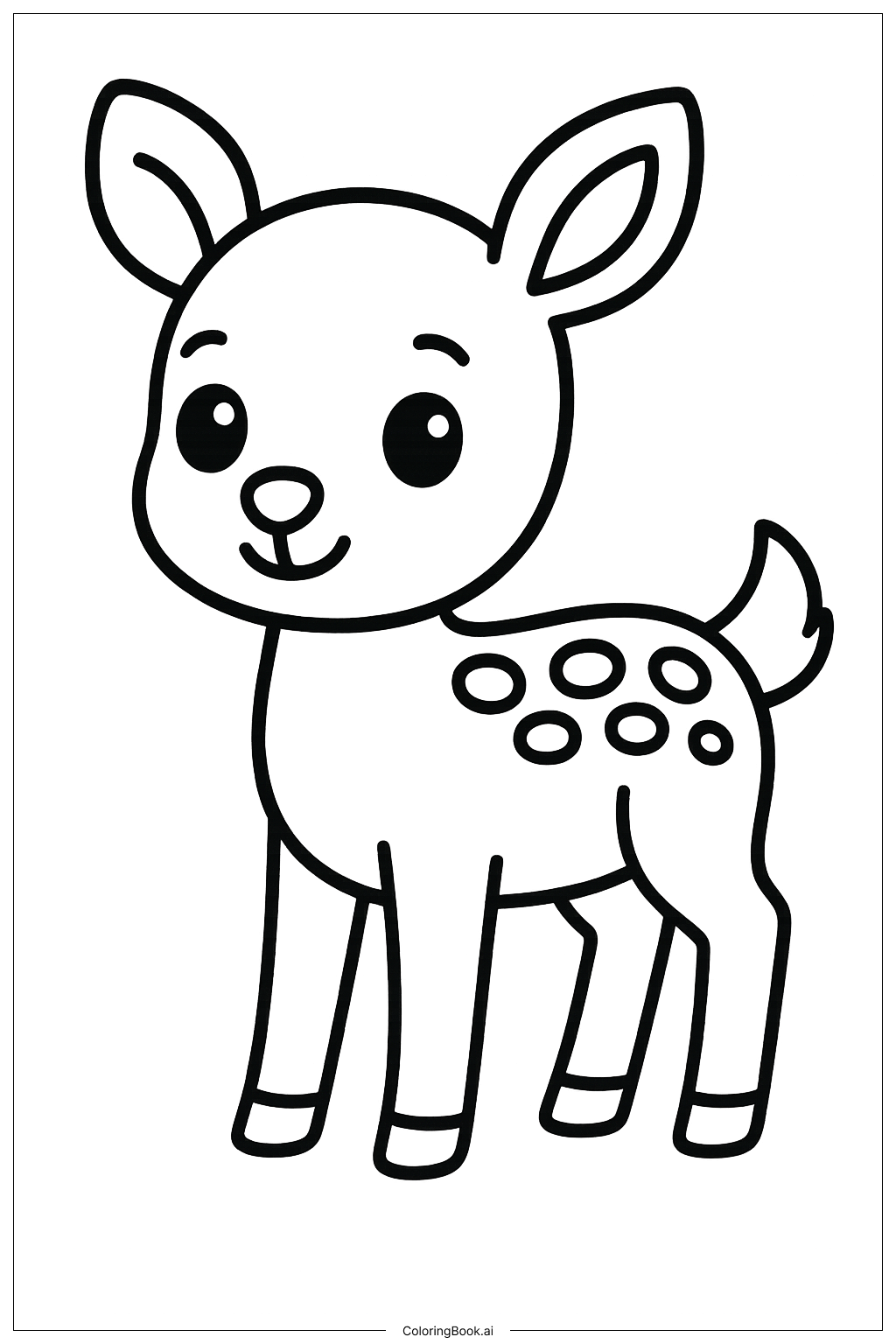Coloring tips: How to color A Quetzalcoatlus In Its Nest coloring page well?
Use light brown or gray for the Quetzalcoatlus body to keep it looking natural. You can color the beak orange or yellow. The eggs can be white or light cream with soft shading to show roundness. Use green shades for the plant leaves to create a lively background. For the nest, brown tones will make it look like sticks and twigs. The rocks and mountains can be gray or beige to give a good contrast with the animal and nest. Feel free to add blue or light colors to the sky area to make the scene feel open and fresh.
Coloring challenges: Which parts are difficult to color and need attention for A Quetzalcoatlus In Its Nest coloring page?
1. Coloring the Quetzalcoatlus wings and body smoothly can be hard because of their big size and curved contour. Try blending colors lightly.
2. The eggs have curved shapes that need careful shading to look round and three-dimensional.
3. The nest has many small sticks intertwined, making it tricky to color without going outside the lines.
4. Differentiating between the rocks and mountains in the background could be challenging since they have similar shapes.
5. Coloring the small details like the eye and claws requires precision to keep the image neat.
Benefits of coloring books: Advantages of drawing A Quetzalcoatlus In Its Nest coloring page
Coloring this image helps improve focus and patience because of the many parts to color carefully. It also encourages creativity as children choose different colors for nature and the dinosaur. By coloring the eggs and nest, kids learn about animal care and nature. This activity supports hand-eye coordination and fine motor skills through controlling colors within lines. Finally, it helps children understand prehistoric animals in a fun and artistic way.
